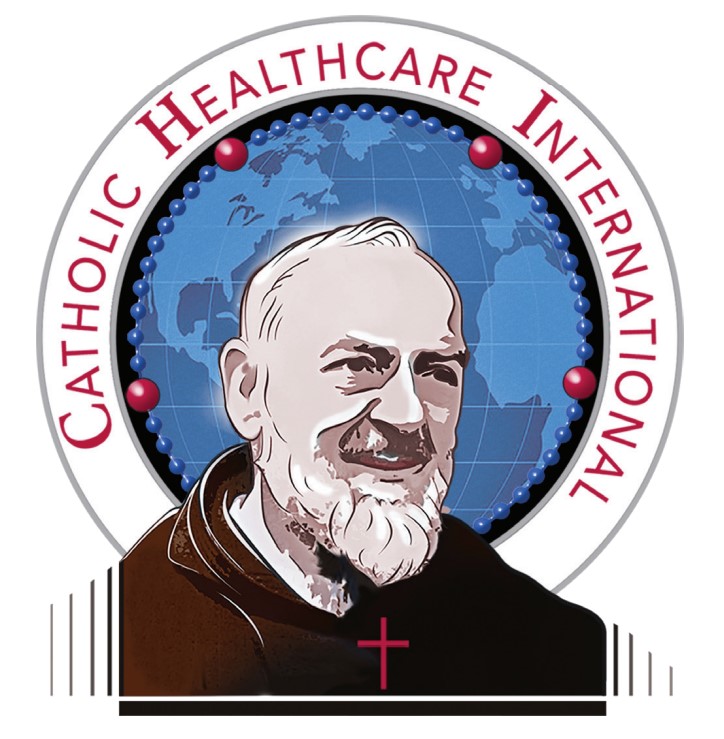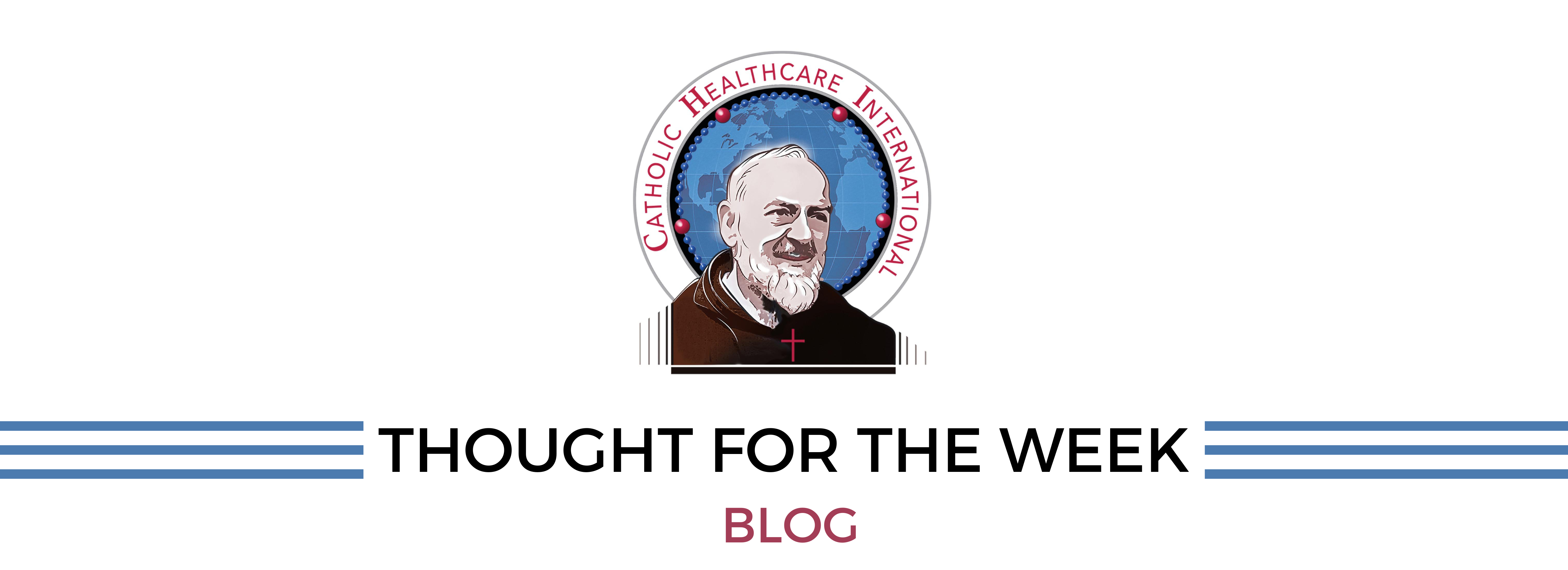The Indefensible
Defending the indefensible is hard. In fact, it is impossible, hence the term, “indefensible.” Because the concept of “abortion on demand for any reason” is indefensible, the pro-abortion lobby buries itself in euphemisms and distractions to obfuscate the fact that the vast majority of abortions are the elective termination of human life for no compelling reason whatsoever. Most Americans believe that there should be some restrictions on abortion. If abortion was described in a clear, clinical fashion, no editorial comment would be necessary for the procedure to be offensive to a basic, civilized human conscience. (For example, this description of a second-trimester abortion, by Dr. Anthony Levatino, a former abortionist, is revolting to human sensibility: https://www.youtube.com/watch?v=y9indz2NBeI .) Thus, the need to hide behind various catchphrases and slogans that, superficially, appeal to the uninformed.
Last week, we discussed the fallacy of the doctor-patient relationship and the disingenuous concept that abortion is an issue to be decided between a patient and her physician. This week we turn to another argument that, at first glance, seems reasonable to some. This is the “bodily autonomy” argument, usually expressed as “my body, my choice” on a protest sign or t-shirt. In a general sense, this appears logical. After all, the government cannot tell you whether or not you can remove a wart from your foot or choose to not take medication for high cholesterol. In reality, like the doctor-patient relationship, bodily autonomy is not sacrosanct and the government can, and does, intrude on bodily autonomy in various circumstances.
As we have stated before, the primary responsibility of a government is the protection of its citizens. In order to accomplish its charge, a government can intrude on the doctor-patient relationship, bodily autonomy, and even the seal of confession. This occurs when action is necessary to protect the life and health of another individual. If one chooses not to remove a wart on one’s foot, no one else is harmed and the government has no compelling interest to intrude on bodily autonomy and demand it be done. When, however, one either commits or omits an action within one’s body that endangers another person, the government does have a compelling interest to intervene and prevent this danger, even at the cost of “bodily autonomy.”
One example of this is paranoid schizophrenia. In some instances, individuals suffering from this disorder can be violent and dangerous to others. When this behavior can be controlled by medication, the government can force one to take this medication under threat of arrest and confinement. Another example is the COVID pandemic. Under the doctrine of “public health emergency,” the government compelled widespread measures, including vaccination or testing, under threat of various punishments.
But we are here to discuss abortion. Even under the flawed Roe v. Wade decision, the Supreme Court acknowledged that, beyond a certain point in pregnancy, the government could interfere with bodily autonomy and prevent an abortion, that is, the protection of an innocent person took precedence over bodily autonomy (which the SCOTUS characterized as “privacy”). The central question is, at what point does the interest of the unborn child take precedence over the “bodily autonomy” of the mother? These are very dangerous and slippery discussions. The idea of “viability” is flawed, as that is not only a moving target, but an arbitrary concept. It can be argued that without the complete support of the mother, a 17-week gestation fetus/embryo/child/clump of cells/human life (pick a descriptor of your choice), is no less viable than a 17-week-old newborn infant. The Catholic position, and in our view, the only ethically safe position, is that all life is equally worthy of protection from conception to natural death. Anything else starts drawing lines about which lives are more “worthy” than others. We do not believe that mortal man is empowered to draw those lines. Indeed, throughout history, when man has drawn those lines, the results have been the crematoria at Auschwitz, the Tutsi genocide, and the killing fields of Cambodia, to name a very few.
Pregnancy is a unique situation in biology. A human life, with a unique genetic code, is contained within, and wholly dependent on, another human life. There is no equivalent or legitimate analogy and no amount of hyperbole (“forced gestation”, “forced birth”, etc.), changes that. “My body, my choice” implies that abortion should be acceptable for any reason, like sex selection, up to the moment of birth. This is not supported by either most Americans or by most courts and state legislatures. There is a point at which some government agencies will intrude on bodily autonomy and prohibit an abortion. This varies from one state and jurisdiction to another, but, the right of bodily autonomy and privacy is not absolute. The only ethical “choice” is the choice to become, or take the risk of becoming, pregnant (of course, this does not include the situation of rape, which is tragic, complicated, and deserving of a longer discussion. It also accounts for 0.15% of abortions, a tiny percentage of the overall number). Once pregnancy occurs, the time of “choice”, in our view, is over and bodily autonomy is no longer valid.
Whether one takes a Catholic or purely secular/atheist view, “my body, my choice” is invalid in many circumstances, particularly during pregnancy. Perhaps a good slogan on a t-shirt, but not so much in reality.

George Mychaskiw II, DO, FAAP, FACOP, FASA
Founding President
Saint Padre Pio Institute for the Relief of Suffering
School of Osteopathic Medicine

